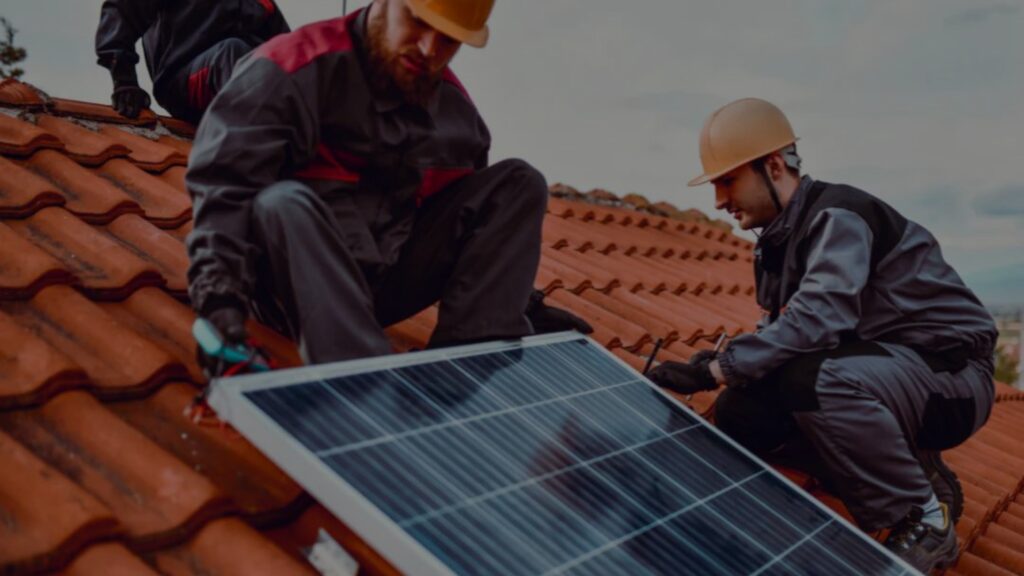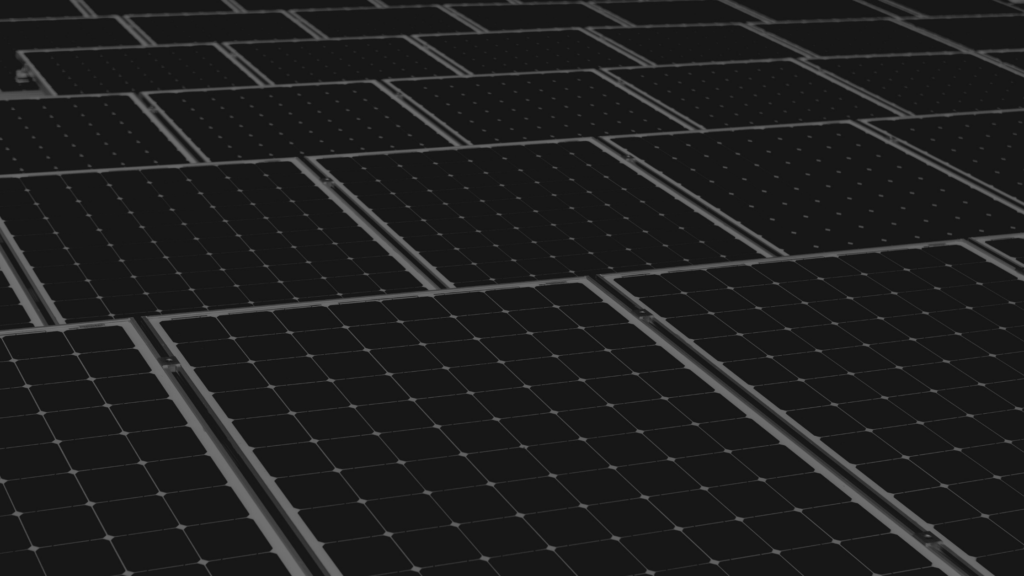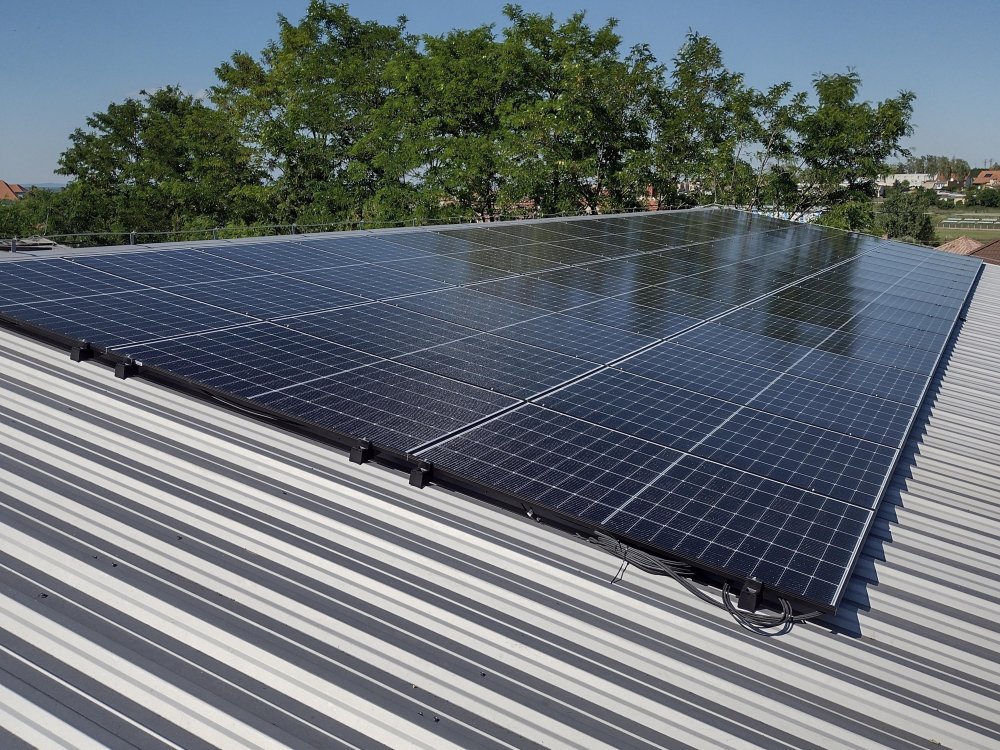
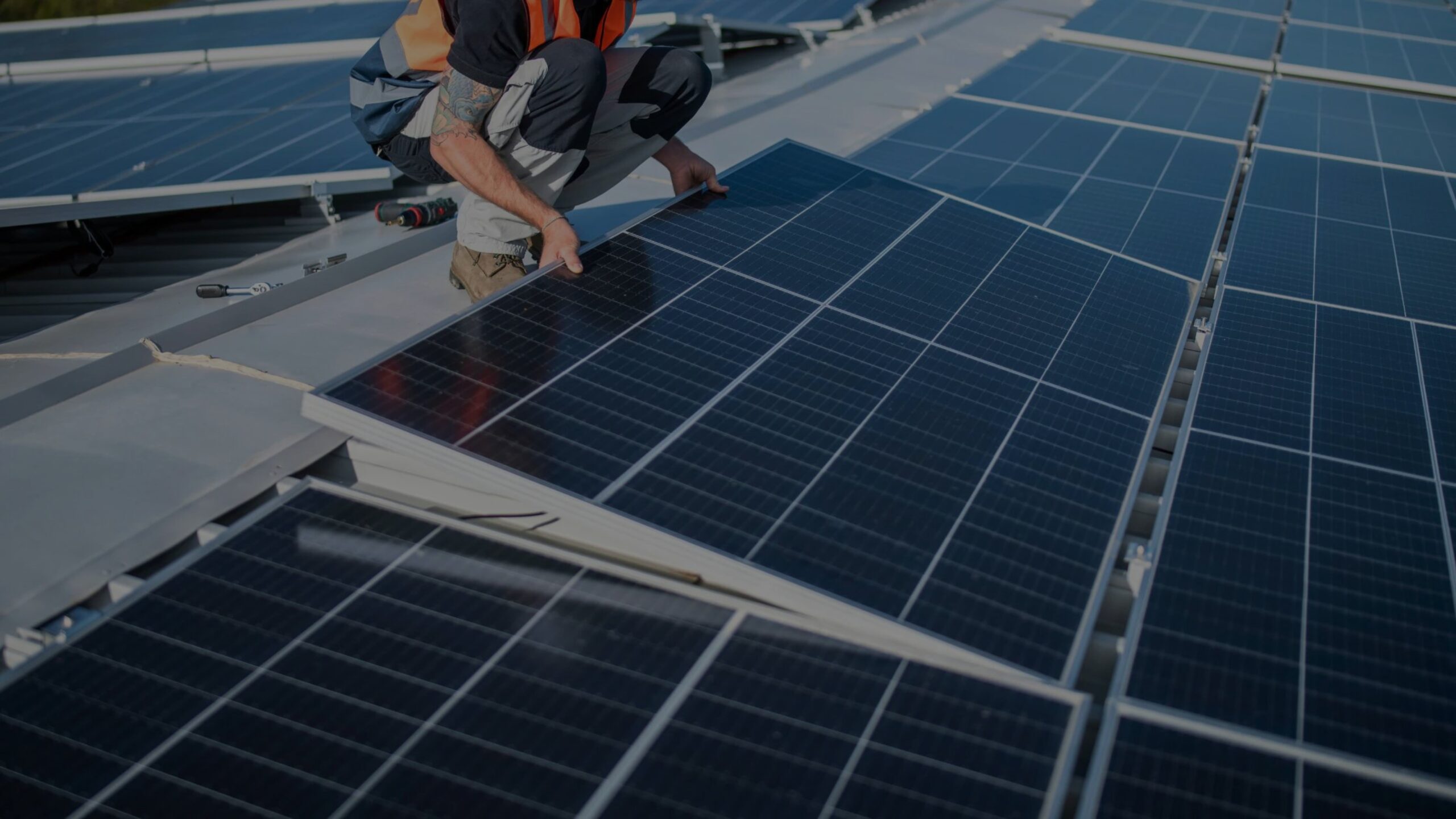
What to watch out for after implementing photovoltaics
Solar energy is the fastest growing energy source in the world. Business is booming, subsidies for photovoltaic investments promise interesting compensations, companies and municipalities are becoming more self-sufficient and the solar boom continues. Despite this impressive growth, you may encounter some problems that can significantly reduce your user experience. Which are they and how to prevent them?
The wrong company
The efficiency of the panels is reduced mainly by improper installation, poor orientation and inclination, increased shading of buildings or trees, and together with this also:
- high temperatures and intense UV radiation,
- extremely low temperatures,
- a more permanent snow cover, or. with ice,
- rapid temperature changes,
- prolonged and above-average humidity.
The solution in this case is simple. Preparation is essential, so leave the design and installation of the panels to the experts and don’t try to look for easier options. The PV designer will suggest the ideal installation method and type (e.g. the best model and tilt angle). The implementer, on the other hand, follows these suggestions and transforms them into reality. Expert supervision during implementation will ensure that you have 100% confidence that the resulting photovoltaic power plant is well done and perfected.
For large PV systems over 1 MWp (of course, this is also true for smaller ones), small things can cost you hundreds of thousands of euros per year. So the price of the project, as a result, does not have to end only at the smallest amount in the commercial offer.
DON’T READ: Why is investing in photovoltaics the best solution for businesses today?
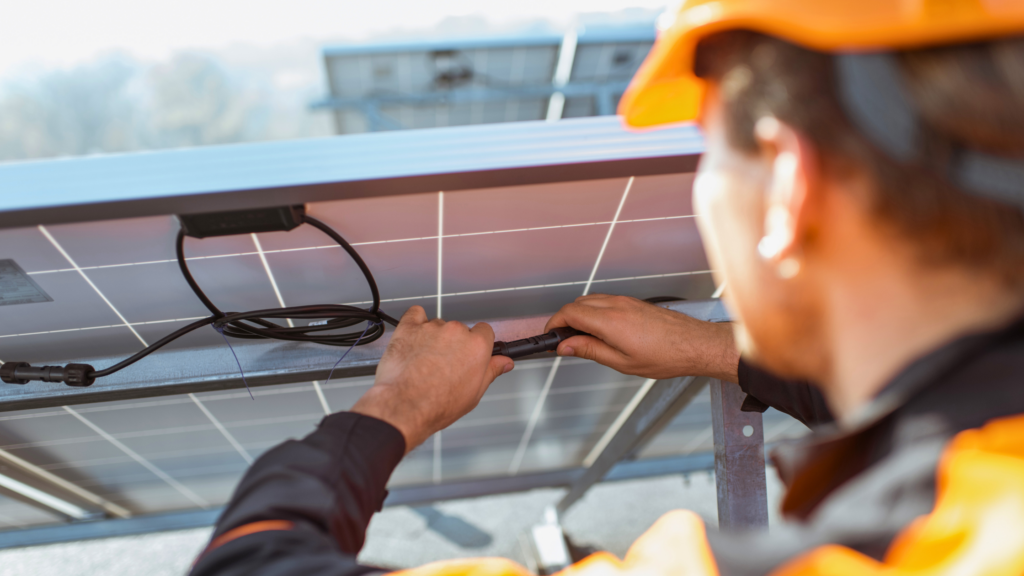
Weather effects
Adverse weather conditions can affect and damage PV equipment. These elements include high winds, hail, or lightning strikes. Damage can occur directly on the panels or on the electrical connections.
The fear that a PV plant cannot withstand extreme weather is therefore misplaced. Often we encounter a poorly designed installation that has not really withstood the wind. When we design PV in locations where there is a risk of strong winds, we think about the correct layout of the panels. In addition, we always use winding sheets for this. This will help to direct the wind pressure so that it does not blow the installation and instead presses it against the roof. If this is not enough, then it’s time to anchor the panels firmly into the roof.
Of course, these risks can be avoided by a project that takes all these phenomena into account from the very beginning. Also have the equipment checked at regular intervals after installation. To make sure that all connections are tight and there is no risk of short circuit.
Loose cables and corrosion.
The photovoltaic panels are connected to the electricity grid. At least assuming you don’t have electrical connection problems. It can become loose or completely disconnected due to faulty wiring. Loose joints, corrosion and oxidation also play a role, as do pests on the roofs of buildings. As well as losing watts, you also run the risk of a fire.
Proper wiring of panels, a quality contractor and supervision of the implementation is the best prevention in this regard. And as in previous cases, you should not neglect regular check-ups. And why invest several thousands in a project that will not be 100% functional?
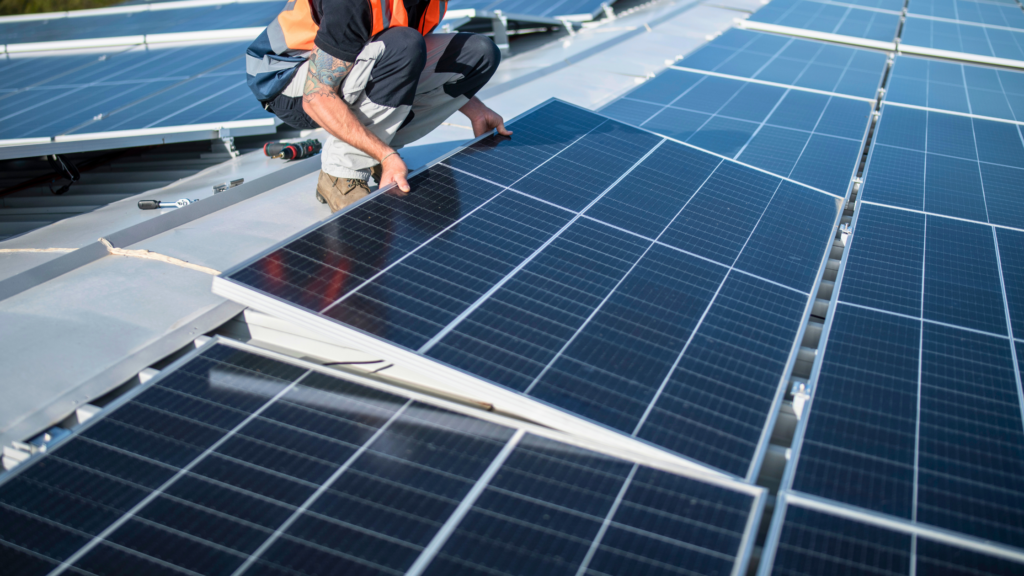
Voltage converter problems
The inverter is an essential part of any PV system because it converts the DC electricity produced by the panels into AC electricity that can be used further. If it gets damaged or broken, you’re kind of left high and dry. And where there is drought, there is also fire..
Again. Installation by a specialist and regular inspection is optimal in this case. And occasionally wink at the inverter’s display panel to see if it contains error messages. Simple but effective prevention.
Where to start?
A perfectly done project, choosing the best contractor, regular inspections, installation problems, arranging supervision… Quite a few things have to be arranged for the first good one. And you may not know where to start, or you may not want to worry about it.
For one solution to all these problems, look for a full-service approach to the design, financing and selection of a photovoltaic power plant contractor. In addition to the range of services, look for good references when making your choice. These usually tell you everything you need to know about the company and its qualities.



